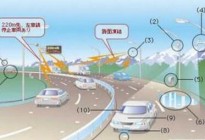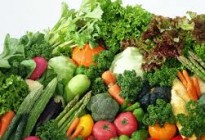ORV: A comprehensive dataset of on-road vehicle images
IntroductionORV (On-Road Vehicle) dataset is built under the needs of image analysis of on-road vehicles, aiming at extracting the detailed information of vehicles in an image. The general information of a vehicle contains the location in the image, color, type, brand, plate number, etc. In order to address such kind of variousness, we construct five different datasets: one mainly for the localization task and the other four are for the recognition tasks. Specifically, the dataset for localization is annotated with the bounding boxes and the type of each vehicle. The instances in the rest datasets are classified into different folder to represent their categories. For example, the vehicle brand dataset contains 79 folders and each folder corresponds to a vehicle brand. The following chapter will show you the architecture of these datasets and some examples of each dataset. Users could refer to the tutorial of each dataset for further details. Structure of Five SubsetsLocalization/DetectionFigure 1: Structure of the detection dataset and exemplar annotated image.BrandFigure 2: Structure of the vehicle brand dataset and exemplar images.ColorFigure 3: Structure of the vehicle color dataset and exemplar images.Plate ClassificationFigure 4: Structure of the license plate dataset and exemplar images.License Plate Recognition (LPR)Figure 5: Structure of the license plate recognition (LPR) dataset and exemplar images.DownloadYou can download the datasets using the following links: (please contact VIM research group for more information.)Original Images and AnnotationVehicle BrandVehicle ColorLicense Plate JudgementLicense Plate Recognition (LPR)CitationIf you use this dataset in your publication, please cite the dataset and following paper:


